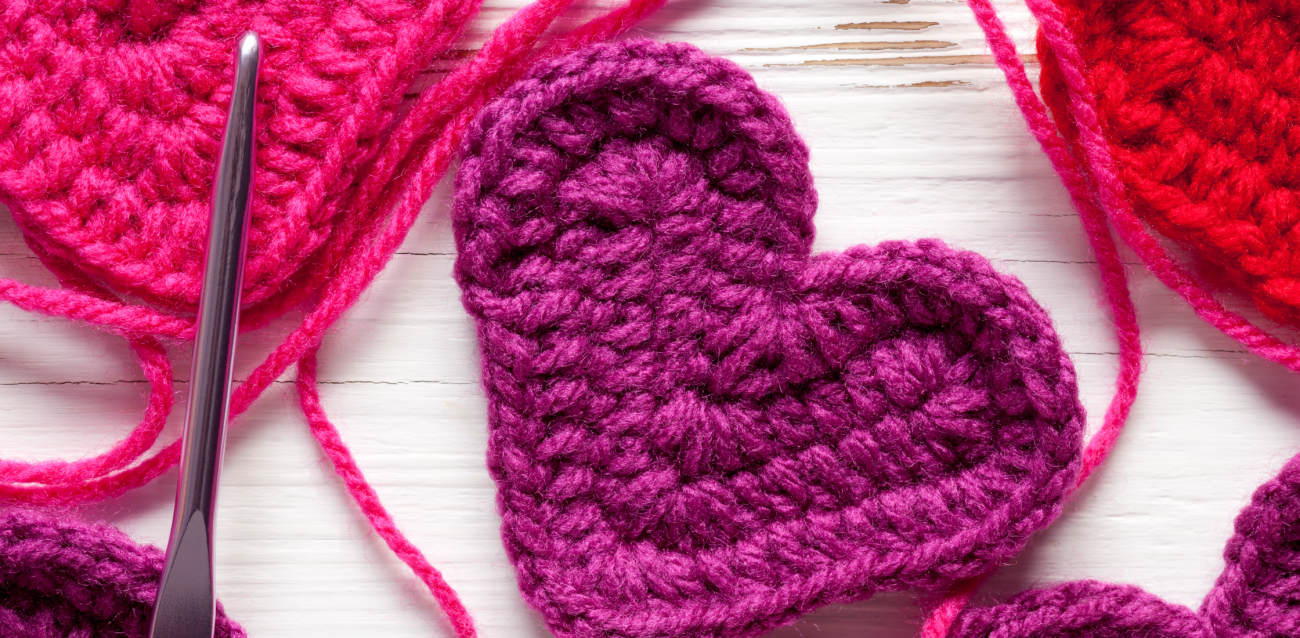
I used to co-operate an Instagram store that sells handmade crochet items. Following the pricing formulas of similar stores based in the United States, a bralette made from three balls of cotton yarn for five hours would be a little under a thousand pesos.
We thought it was too expensive and knew we would not be able to sell anything if we followed the original pricing scheme. To adapt, we lowered our prices significantly. In doing so, we ourselves devalued the time and effort we invested in each of the items we had for sale. Why is there such a low valuation for the handmade and personalized, especially in the Philippines?
A handmade item seems to have little added value compared to a commercially produced item in the Philippines because labor is inexpensive and abundant in the country. In this abundance, we take it for granted and fail to compensate for it appropriately.
For the example mentioned above, the labor rate is only at 30 pesos per hour. A rate such as this fails to recognize that a portion of the maker’s life has been dedicated to creating that item specifically. It does not even take into account the time and effort of learning new patterns and stitches for each project.
It could also stem from the fact that in the Philippines, we are master hagglers and that find enjoyment in it. We want to get items at the cheapest possible price and make the most out of our money. Similar bralettes to the example mentioned are readily available on Shopee for a fifth of the price. It would make more sense to buy that instead given the mindset that, ‘Wala namang pinagkaiba ‘yan dun sa nakita ko sa Shopee; mas mahal lang siya.’ [It’s virtually the same as the one in Shopee, just more expensive.]
Admittedly, the problem is also internal. Even in the past, I have always had difficulty with pricing my crocheted items. I had taken up commissioned crochet projects since high school, but I always perceived it as a hobby with profit as a bonus, so I priced my items quite modestly.
I was inconsistent in my valuations, basing them mostly on the cost of materials. I did not account for the time and effort it took me to complete those projects; a basic top and an intricately designed one had only marginal differences in pricing. It was hard to appreciate my own work without the guilty feeling that I was charging my clients too much.
Luckily enough, I have a partner who discouraged me from underpricing my items. She enabled me to see my work as worthy of more than just material cost. Our pricing is still far from the standard of online craft shops based abroad, but it is already a far cry from the prices I charged as a high school student.
I have also come to the realization that value is more than just monetary compensation. While it is only right that we are compensated justly for the time and effort we put into each project, it is more important that people recognize the intrinsic value of a handmade item. These items are extensions of the people who made them from scratch. In a very literal sense, our life has gone into each item we have ever made.
Support Young Creators Like This One!
VoiceBox is a platform built to help young creators thrive. We believe that sharing thoughtful, high-quality content deserves pay even if your audience isn’t 100,000 strong.
But here's the thing: while you enjoy free content, our young contributors from all over the world are fairly compensated for their work. To keep this up, we need your help.
Will you join our community of supporters?
Your donation, no matter the size, makes a real difference. It allows us to:
- Compensate young creators for their work
- Maintain a safe, ad-free environment
- Continue providing high-quality, free content, including research reports and insights into youth issues
- Highlight youth voices and unique perspectives from cultures around the world
Your generosity fuels our mission! By supporting VoiceBox, you are directly supporting young people and showing that you value what they have to say.





